Here’s what the Epic poetry form is:
Epics are long narrative poems that typically tell stories of the glorious deeds of legendary heroes.
Epic poetry deals with different subjects, from myths to histories, to religious stories, legends, and even animal tales.
So if you want to learn all about the Epic poetry type, then you’ve come to the right place.
Keep scrolling down!
- Masnavi Poetry Form: Ink Epic Narratives
- Interlocking Rubaiyat Poetry Form
- Kimo Poetry Form: Frame Poetic Snapshots
- Abecedarian Poetry Form: Master Emotion’s ABCs
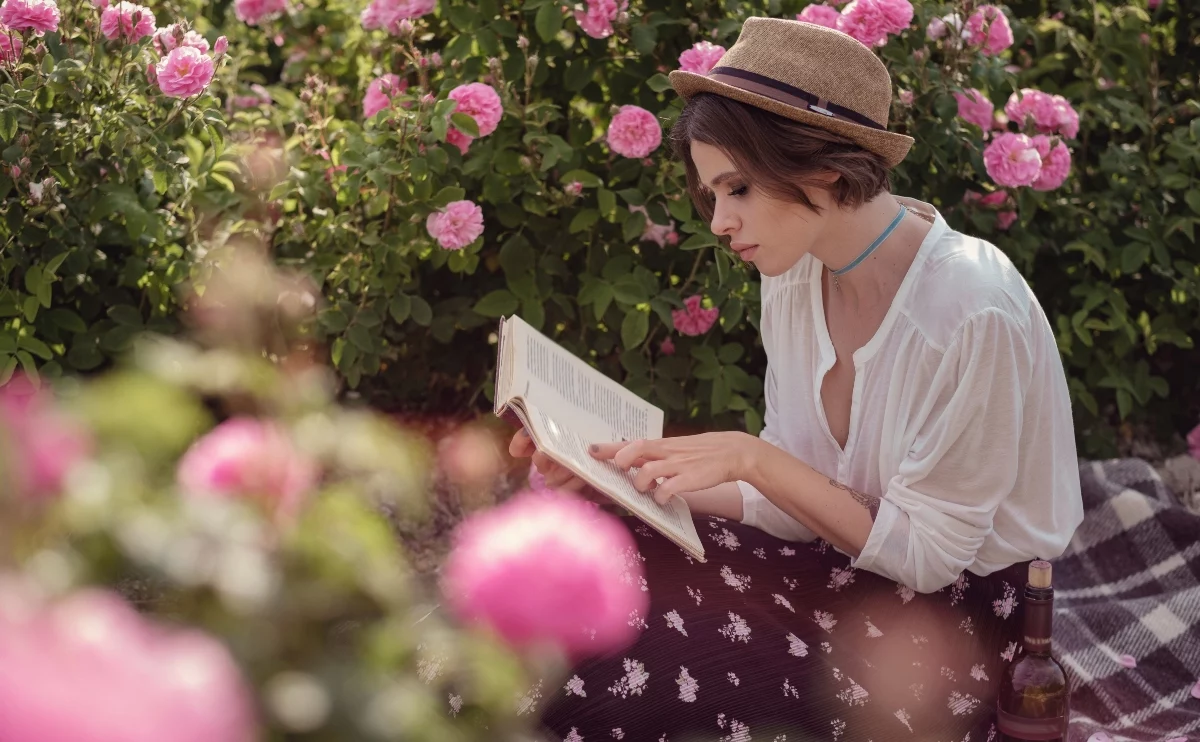
Forms of Poetry: The Epic
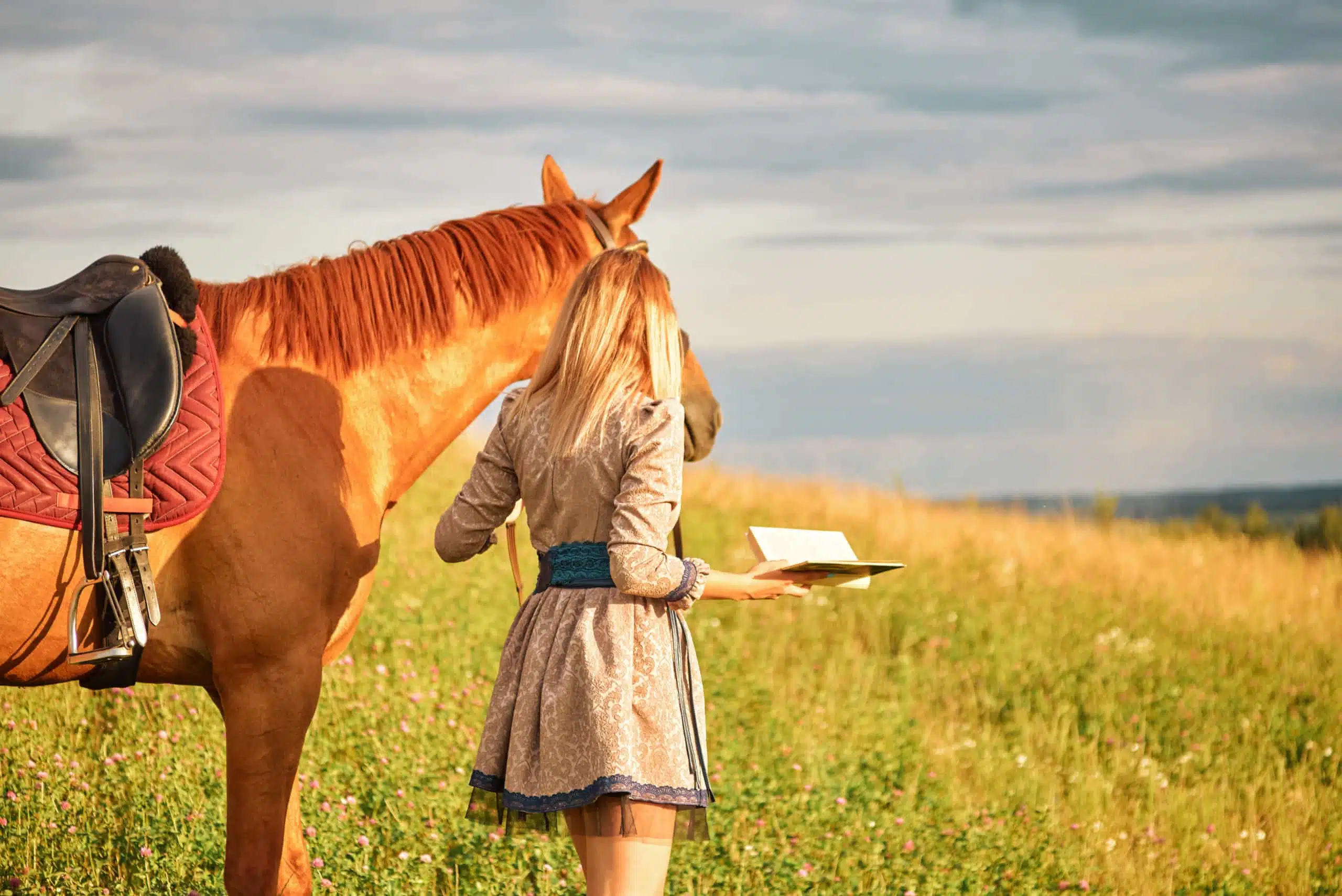
Epics have a unique place in the history of poetry.
They predate even the earliest written poems and have been around so long that we’re not entirely sure when they started.
Indeed, much of the conventions we associate with narrative today started with the epic poem.
It stands unopposed as one of the earliest forms of storytelling through poetry.
While we often forget just how much ancient civilization owes itself to the spread of language and storytelling, the epic is a lingering reminder of the place of great honor that poets once held.
Basic Properties of an Epic

| Rhyme Structure | Depends on region and era |
| Meter | Depends on region and era |
| Origin | At least as far back as ancient Sumer |
| Popularity | Most popular in ancient cultures ranging from the western tip of Europe to as far east as India. |
| Theme | A hero’s journey told in episodic fashion. |
How Are Epics Structured?

A classical epic typically begins in medias res.
In simpler terms, it starts in the middle, as if large chunks of the story have already taken place.
This allows the narrative to start diving into climaxes immediately, leaving any backstory elements to be sprinkled in later or abandoned in favor of spectacular action scenes.
It should be noted that different cultures have different variants of the epic.
A Greek epic would be expected to feature an invocation of the muse, long formal speeches, religious elements (usually in the form of divine intervention), and a narrative that seems to go in circles, often taking many detours before making any forward progress.
Indian epics, meanwhile, often feature a juxtaposition of war and romance.
The hero, separated from a lover, seeks triumph in a battle to win his right to happiness.
Some connection to history or to the oldest epics is expected.
Form drastically differs by culture, as well, though each culture tends to gravitate toward specific forms.
Whereas the ancient Greeks preferred dactylic hexameter, Old English epics were chiefly written in unrhymed alliterative verse.
The term had a slightly different implication in ancient Greece, referring to any poetry written in dactylic hexameter, but that tradition has long since been abandoned.
When we refer to the epic today, we are almost exclusively referring to lengthy poems about heroism and adventure.

An epic, at its core, has a fairly singular purpose. It wants to tell an entertaining story.
Epics are narrative poems that are usually larger than life, set in a fictional time before recorded history in which man fought monsters for supremacy.
Epic poems might establish the principles of a nation or glorify the gods, usually using an impossibly wise and strong hero as the vehicle to sing nationalistic or religious praises.
It is, however, this hero that becomes the hallmark of the epic when all is said and done.
The Odyssey could not exist without Odysseus.
The Rāmāyaṇa could not exist without Rama.
The story of the hero’s quest is central to the epic.
Epics tend to be episodic in nature.
The hero overcomes one trial after another, each presented as if it were a separate story within the greater quest.
This made it easier to memorize them as oral poems since the reciter could chunk the epic into easier-to-remember episodes.
Our tendency to divide stories up into arcs or chapters may well date back to the nature of the earliest epic poems.
The most defining point of epics is that they are very, very long.
When put to paper a full epic, including all its episodes, can easily be as long or longer than the typical modern novel.
This is easily the point on which they most differ from modern poetry, which tends to be short and to the point.
Example of an Epic
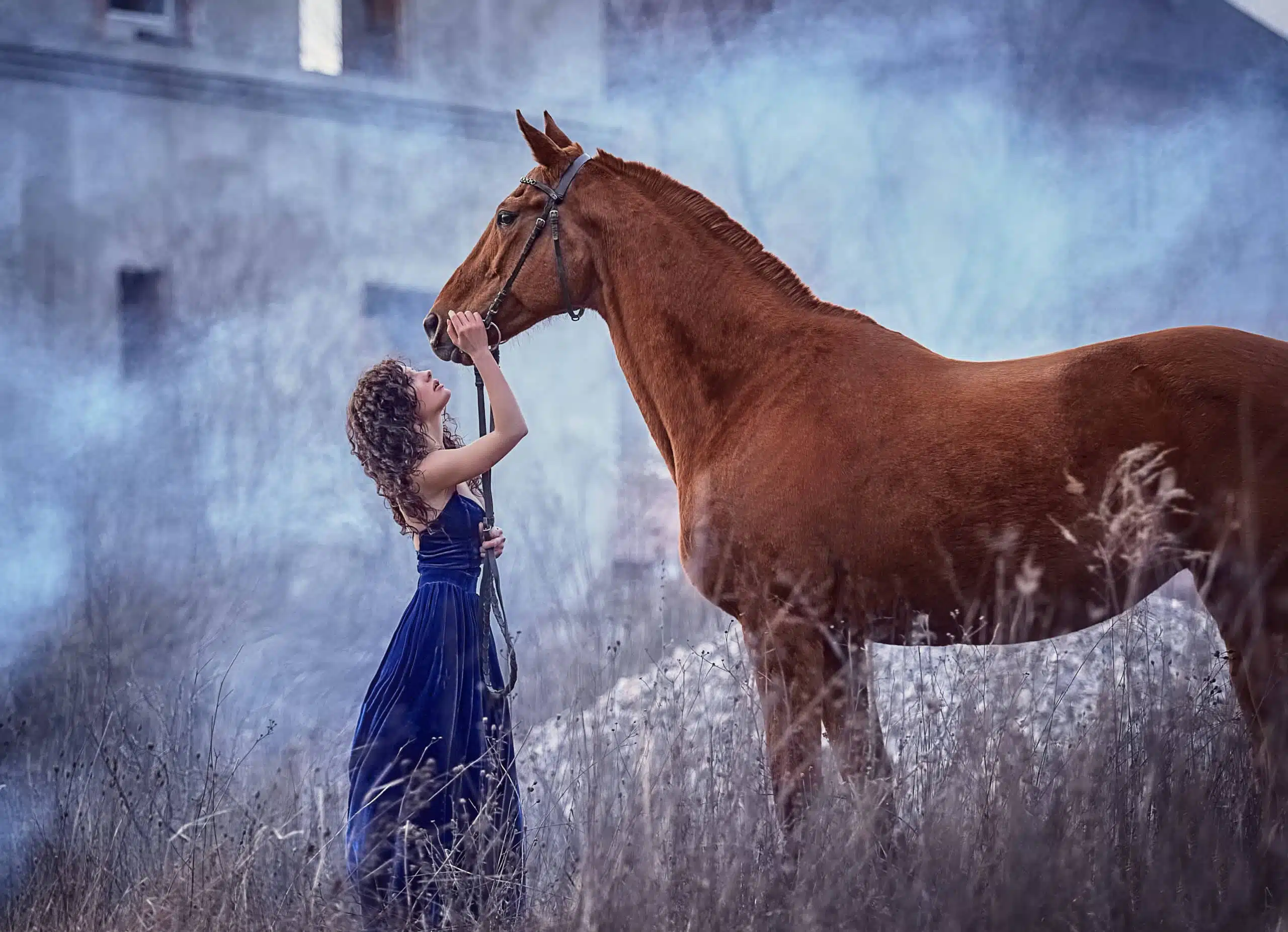
It wouldn’t be even remotely realistic to share a full epic here, but we can look at the opening of one such piece.
from Odyssey by Homer (Samuel Butler, Translator)
Tell me, O muse, of that ingenious hero who travelled far and wide after he had sacked the famous town of Troy. Many cities did he visit, and many were the nations with whose manners and customs he was acquainted; moreover he suffered much by sea while trying to save his own life and bring his men safely home; but do what he might he could not save his men, for they perished through their own sheer folly in eating the cattle of the Sun-god Hyperion; so the god prevented them from ever reaching home. Tell me, too, about all these things, O daughter of Jove, from whatsoever source you may know them.
So now all who escaped death in battle or by shipwreck had got safely home except Ulysses, and he, though he was longing to return to his wife and country, was detained by the goddess Calypso, who had got him into a large cave and wanted to marry him. But as years went by, there came a time when the gods settled that he should go back to Ithaca; even then, however, when he was among his own people, his troubles were not yet over; nevertheless all the gods had now begun to pity him except Neptune, who still persecuted him without ceasing and would not let him get home.
Note that in the original language, this would have looked less like prose and more like a proper poem.
Meter is unfortunately usually lost in translation since rewriting the entirety of an epic into another language is hard enough without trying to retain the meter somehow.
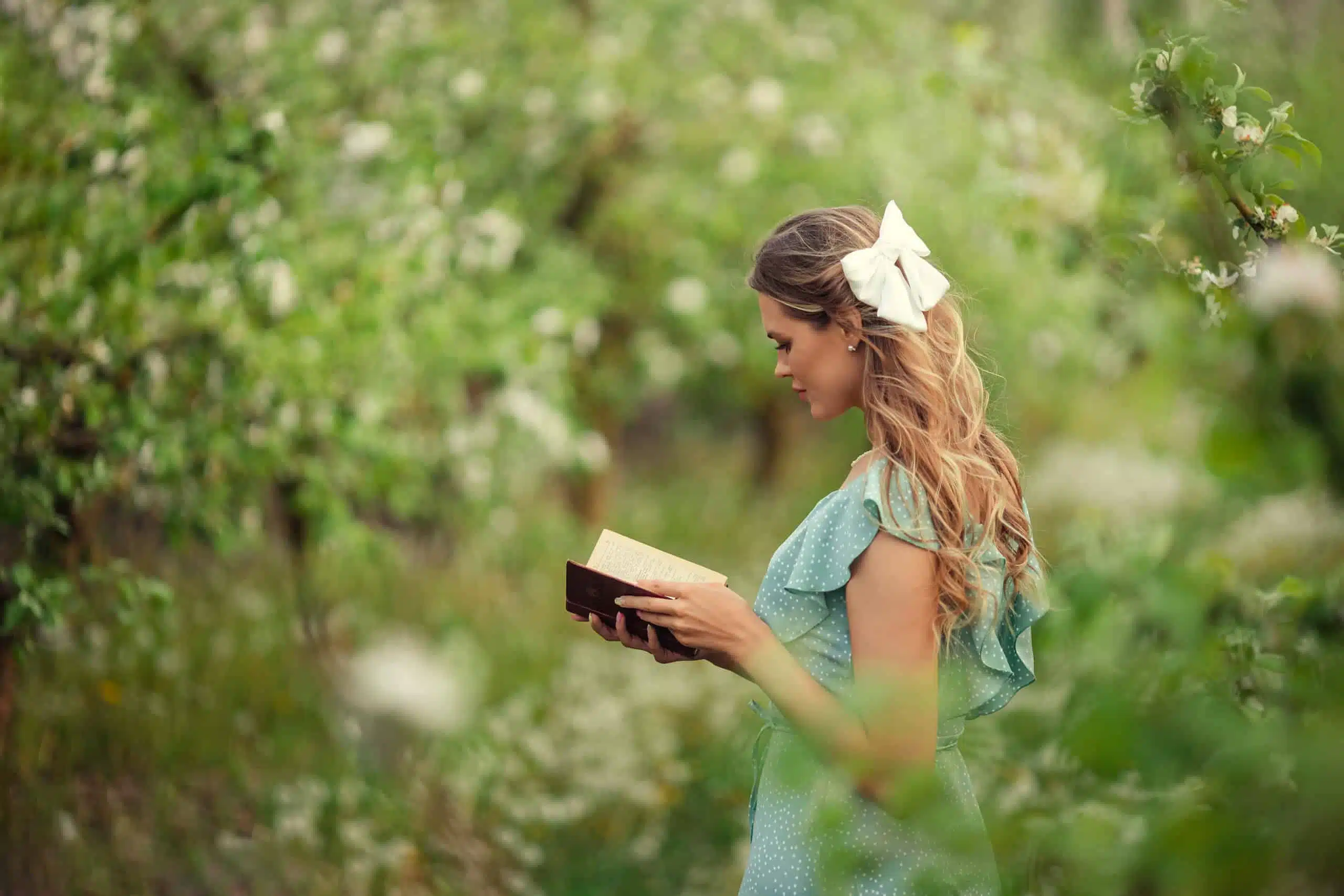
There are a few things we can note here that are typical of Greek epics, though.
The epic immediately begins with an invocation of the muse and establishes both the protagonist and the settings.
This is typical of a Greek epic and stands in for the introductory sections we usually expect in a narrative.
The reason this introduction to the character is so important is that we’re jumping right into the story.
Ulysses (the Latin name for Odysseus) is already in the middle of trying to return home and his journey has been so long that “all the gods had now begun to pity him except Neptune.”
Starting in the middle like this (in medias res) is typical of classical epics.
We’ve also already established that divine intervention will be a subtheme, another trope of the genre in ancient Greece and Rome.
Note that most of these standards are unique to the region and era in which the poem was written.
The legacy of the epic poem reaches incredibly far, so there are quite a few variants depending on which nation’s literature you study.
History of Epics
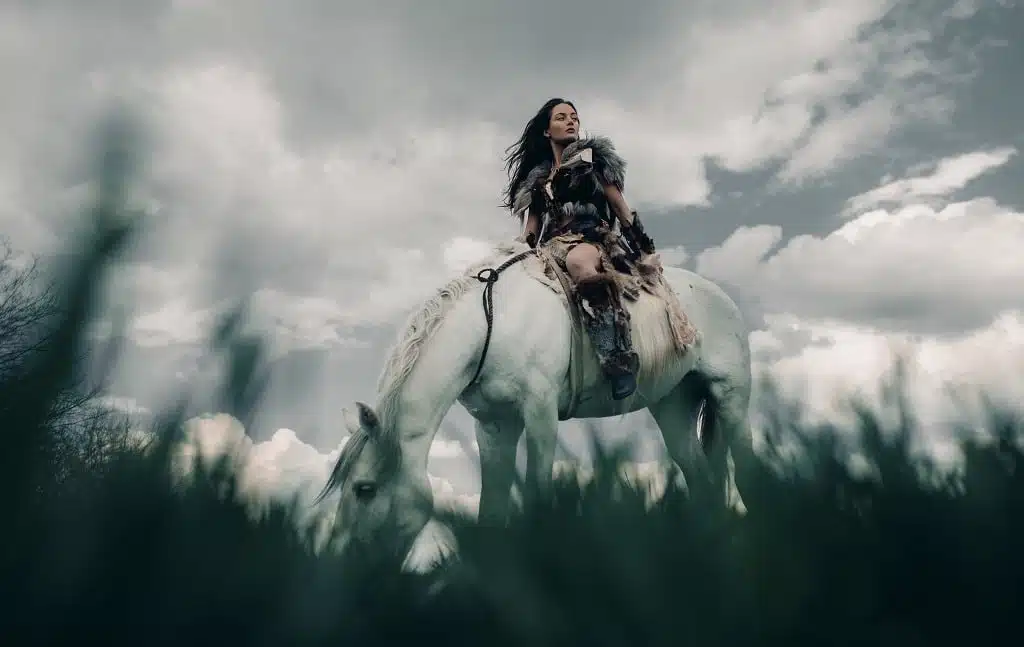
Epics trace their name back to the Greek epos which loosely means “a poem or story.”
This is appropriate since Greece is where the most famous epics in history come from, chiefly those written by Homer, and they are indeed poetic stories.
The form itself, however, has been around longer than written language.
The longest epic that we know of is the Sumerian Epic of Gilgamesh, which has existed for about four thousand years, though the exact date of its origin is unknown.
As a poem that existed before written language, it should be obvious that this poem has a rich tradition of being a mostly oral form of poetry.
In fact, many of the techniques we use today (such as rhyme and repetition) were used as structural components to help bards remember their performances as accurately as possible.
As you might expect from a form that dates back to Sumerians, the epic poem has emerged in various cultures ranging from Finland to India.
Some writers continue to keep the tradition alive today, but they are undoubtedly far less popular than they were back when they were a driving force behind the spread of civilization.
Their place in the history of man cannot be overstated though, as the identities of entire nations were solidified through the sharing of epics.
The spread of poetry coincided with the spread of civilization itself and this is no mere coincidence.
This sharing of stories could be considered a precursor to the rich literature we enjoy today and there’s no telling where we would be as a society if we had never learned to pass stories down from generation to generation.
Tips for Writing an Epic
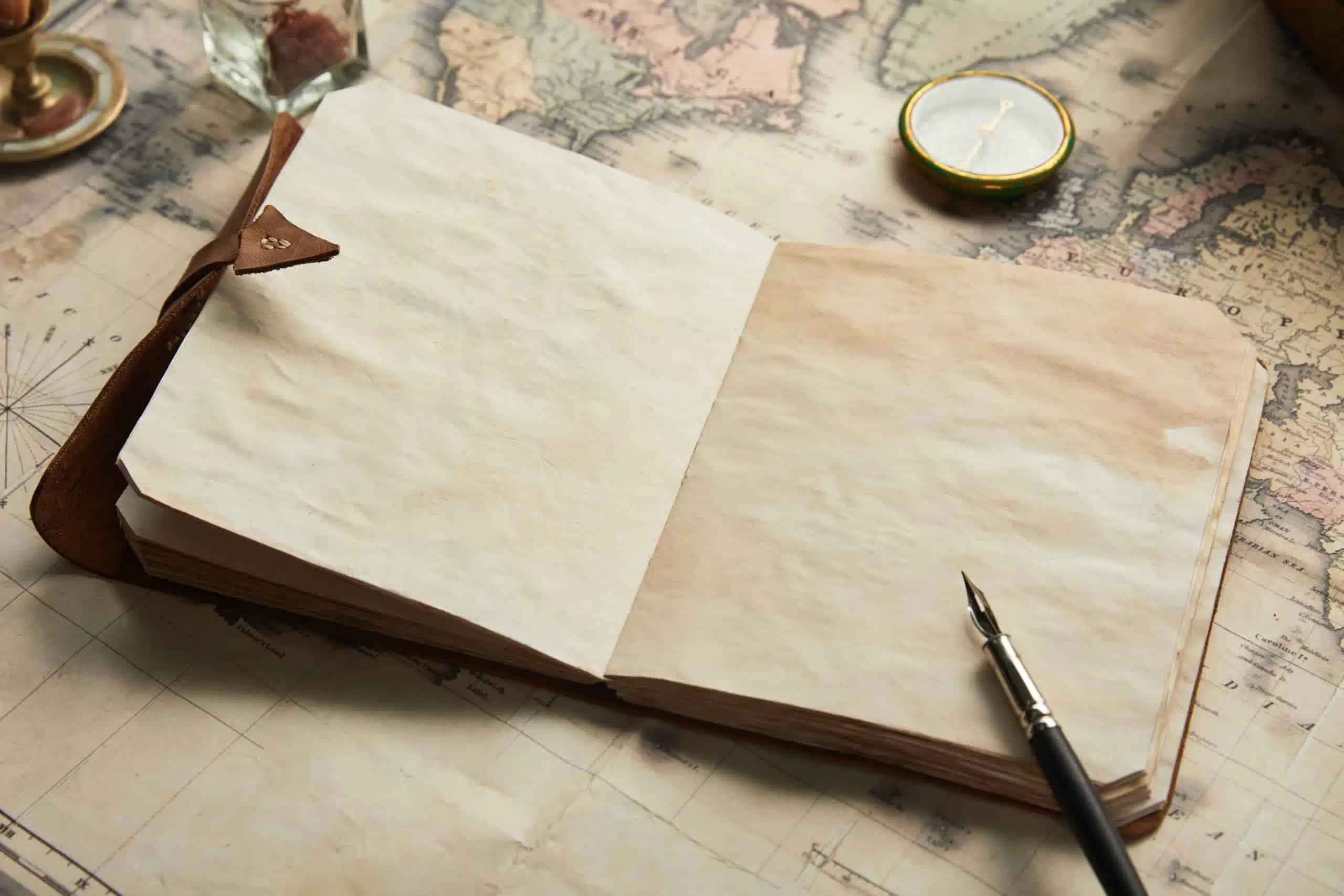
Writing an epic is more similar to writing a novel than it is to writing any other form of poetry.
If you’re going to follow any particular culture’s traditions, then it would be wise to read up on that specific culture’s epic poetry and how it is structured.
An epic inspired by Dante’s Divine Comedy should not follow the same conventions as an epic inspired by Homer’s Iliad.
Having said that, you can use most of the modern conventions of writing a novel to inform your process, since the chapter-by-chapter format of our modern novels is strikingly similar to the episodic format of epic poetry.
Start with the protagonist.
Who are they and what is it they seek?
Make them larger than life, greater than any living person, and preferably of noble birth (for most traditions).
Then start dreaming up obstacles that they’ll face along the way. In an epic, these will typically be disparate and unrelated obstacles.
In Homer’s Odyssey, the hero faces everything from a witch to a whirlpool to a room full of suitors who are after his wife.
Make every episode distinct and different.
Each should tell its own story, notably different from the last.
The central story of the hero growing closer to his goal should be mostly expressed through the changing of settings.
With each step forward, the hero grows ever closer to his final destination, but at an excruciatingly slow pace that tests his persistence and faith.
Remember that epics are all about spectacle. Use hyperbole frequently.

The hero isn’t facing an ordinary wild boar.
He’s facing down the Great Boar, a legendary bloodthirsty beast the size of a large horse, its tusks coated with the dried blood of dozens of men.
Exaggeration is the norm in epics and is expected at all turns.
The love interest is of unparalleled beauty that even the gods might envy her.
The hero is the wisest man of seven generations, his bow-hand steady and his muscles impenetrable.
Even a side character might be described as being more loyal and unbreakable than even the most steadfast devout of a temple.
In every way, think bigger.
An epic poem strives to be longer and more unbelievable than anything before it, with more varied settings, more impressive characters, and more vivid scenes.
Epics are about spectacle and scope.
An epic poem must, at all times, aspire to be truly epic.
Poet’s Note

If you ever want a feel for what ancient civilizations defined as the ideal manly man, just go read some epic poems.
Men doing manly things with their man-friends.
I would love to see a modern take on the form that uses a female protagonist and pushes all the male characters to the side.
Could be interesting.
Comprehensive Collection of Poetry Forms: Craft Words Into Art

Dare to traverse the entire spectrum of poetic forms, from the commonplace to the extraordinary?
Venture from the quintessential Sonnet to the elusive Mistress Bradstreet stanza, right through to the daunting complexity of Cro Cumaisc Etir Casbairdni Ocus Lethrannaigecht.
For those with a zeal to encounter the full breadth of poetry’s forms, this invitation is yours.
Start exploring the vast universe of poetic ingenuity with our comprehensive array of poetry forms right now!
